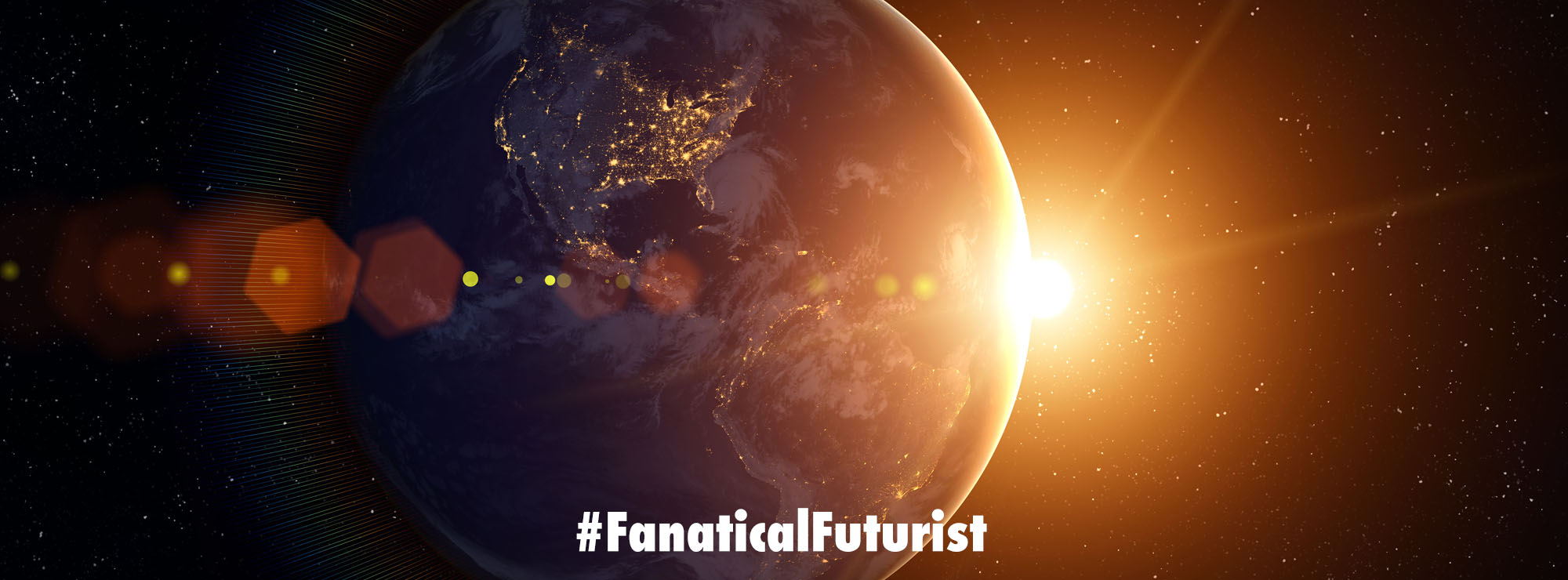
WHY THIS MATTERS IN BRIEF
SpaceX’s ambitious Starlink communications project is smashing all expectations and every record, and it shows no signs of slowing down.
 Love the Exponential Future? Join our XPotential Community, future proof yourself with courses from XPotential University, connect, watch a keynote, or browse my blog.
Love the Exponential Future? Join our XPotential Community, future proof yourself with courses from XPotential University, connect, watch a keynote, or browse my blog.
Starlink, the satellite internet unit of Elon Musk’s SpaceX which aims to connect the other 4 billion people on the planet who don’t have any internet connectivity with superfast internet, has just announced that they expect to be able to provide “continuous global coverage by around September” but will then need to seek regulatory approvals for the countries it wants to operate in – as it did with the US – said its president Gwynne Shotwel.
“We’ve successfully deployed 1,800 or so satellites and once all those satellites reach their operational orbit, we will have continuous global coverage, so that should be like September timeframe,” she told a Macquarie Group technology conference via webcast. “But then we have regulatory work to go into every country and get approved to provide telecoms services.”
My Future of Communications keynote, by Matthew Griffin
Starlink, which has said it plans to deploy 12,000 satellites in total at a cost of roughly $10 billion, currently offers beta services in 11 countries, Shotwel said.
In May, Elon Musk said the Low Earth Orbiting (LEO) satellite network had received more than 500,000 pre-orders for its internet service and anticipates no technical problems meeting demand.
The US Federal Communications Commission this year approved SpaceX’s plan to deploy some Starlink satellites at a lower earth orbit than planned to provide high-speed broadband internet services to people who currently lack access.
Starlink is one of a growing number of makers of small satellites that also includes Amazon’s Kuiper, Britain’s OneWeb, venture capital-backed Planet, and Raytheon’s Blue Canyon Technologies. But while most of these competitors are interested in selling connectivity in Starlink’s case Musk’s using the project to fund his much grander project – colonising Mars.















